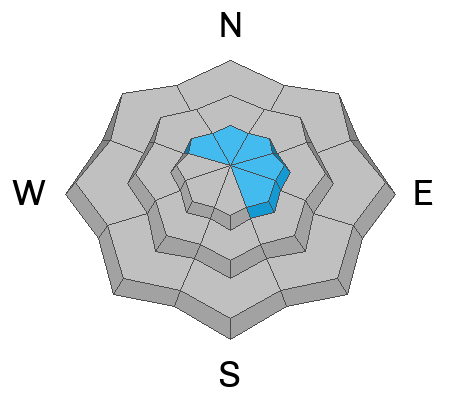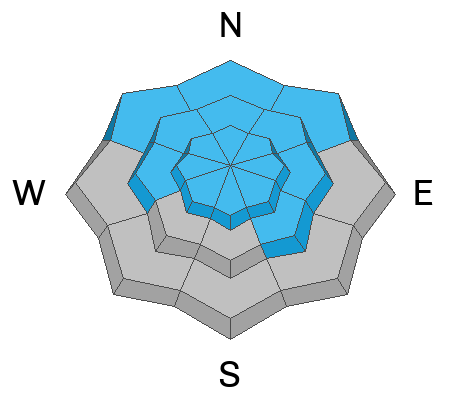Forecast for the Logan Area Mountains

Issued by Toby Weed on
Friday morning, March 10, 2023
Friday morning, March 10, 2023
People should stay off and out from under backcountry slopes steeper than 30°. Dangerous avalanche conditions will continue to develop and become more widespread today on drifted backcountry slopes at all elevations with heavy snowfall and rain, warming temperatures, and strong winds from the southwest. The danger will likely rise to HIGH on drifted slopes at upper elevations, with human triggered and long running natural avalanches likely. Rain saturating the cold snow could cause very dangerous wet avalanche conditions, with wet avalanches entraining significant piles of saturated snow likely on lower elevation slopes.
Avoid travel in avalanche terrain and stay clear of avalanche runouts.

Low
Moderate
Considerable
High
Extreme
Learn how to read the forecast here









